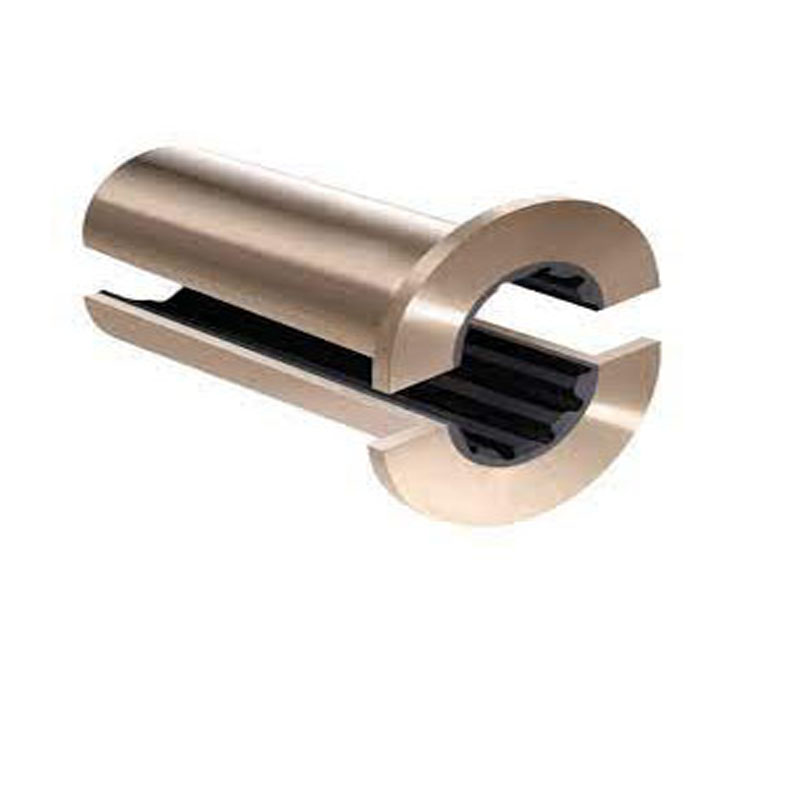inner drive shaft seal
Understanding Inner Drive Shaft Seals Importance, Function, and Maintenance
The inner drive shaft seal is a critical component in the drivetrain of a vehicle, playing an essential role in ensuring the proper functioning and longevity of the vehicle's transmission system. This article explores the significance of inner drive shaft seals, their functionality, common issues that may arise, and maintenance practices to prolong their lifespan.
What is an Inner Drive Shaft Seal?
An inner drive shaft seal, often referred to as a CV boot seal or axle seal, is a rubber or synthetic seal located at the inner joint of the drive shaft. Its primary function is to prevent the transmission fluid from leaking out and to keep contaminants such as dirt, dust, and moisture from entering the drive shaft assembly. This seal is integral to maintaining the performance and reliability of a vehicle's transmission system, especially in all-wheel-drive and four-wheel-drive vehicles.
Importance of Inner Drive Shaft Seals
The inner drive shaft seal plays a vital role in the overall operation of a vehicle. Here are some reasons why it is important
1. Fluid Retention The seal effectively keeps transmission fluid contained within the drive shaft assembly, which is crucial for lubricating the moving parts and preventing wear and tear.
2. Contamination Prevention By forming a tight barrier, the seal prevents external contaminants from entering the drivetrain, which can cause significant damage over time.
3. Performance Assurance A well-functioning seal ensures that the drive shaft operates smoothly, enhancing the overall performance of the vehicle during acceleration, cornering, and other driving maneuvers.
4. Cost Efficiency Regular maintenance and timely replacement of faulty seals can save vehicle owners from costly repairs due to extensive damage caused by leaks and contamination.
How Inner Drive Shaft Seals Work
The inner drive shaft seal works through a combination of pressure and friction. When the vehicle is in motion, the drive shaft rotates, creating centrifugal force that keeps the lubrication within the system. The seal acts like a barrier, using its elasticity to compress against the shaft and maintain a tight fit, even as the parts move relative to each other. This design ensures that the transmission fluid remains contained while also accommodating the slight movements and vibrations generated by the vehicle.
Common Issues with Inner Drive Shaft Seals
inner drive shaft seal

Despite their importance, inner drive shaft seals can develop problems over time. Here are some common issues
1. Wear and Tear Like any rubber component, inner drive shaft seals are susceptible to wear and degradation due to heat, friction, and exposure to harmful substances.
2. Cracks and Tears Physical damage, whether from road debris or improper installation, can lead to cracks or tears in the seal, resulting in fluid leaks.
3. Improper Installation If a new seal is not installed correctly, it can lead to premature failure, compromising the entire drivetrain's integrity.
4. Contamination An old or damaged seal may allow dirt and debris to enter, leading to accelerated wear of internal components.
Maintenance Tips for Inner Drive Shaft Seals
To ensure the longevity of your inner drive shaft seals, consider the following maintenance practices
1. Regular Inspections Regularly inspect the seals for signs of wear, such as cracks, deformation, or leaks. Catching problems early can prevent further damage.
2. Fluid Changes Change the transmission fluid at recommended intervals. Over time, fluids can lose their effectiveness, leading to increased heat and wear on seals.
3. Professional Assistance If you suspect an issue with your drive shaft seals, seek professional help. A qualified mechanic can diagnose problems and perform the necessary repairs or replacements.
4. Proper Installation If you are replacing seals, ensure that they are installed properly according to manufacturer's specifications to avoid premature failure.
Conclusion
Inner drive shaft seals may seem like small components in the grand scheme of a vehicle's operation, but their role is paramount. By understanding their importance, recognizing the common issues, and implementing proper maintenance practices, vehicle owners can ensure the reliability and performance of their drivetrains. Regular attention to these seals will not only enhance driving performance but can also save substantial repair costs in the long run.
-
The Ultimate Guide to Boat Propeller Bearings and Trailer Wheel Bearings
News Jul.31,2025
-
The Essential Guide to Marine Bearings and Boat Trailer Wheel Bearings
News Jul.31,2025
-
The Complete Guide to Heavy Duty Seals: Protecting Doors and Spaces Efficiently
News Jul.31,2025
-
Essential Guide to Marine Shaft Bearings and Boat Trailer Axle Bearings
News Jul.31,2025
-
Comprehensive Guide to Marine and Trailer Bearings for Safe Boating and Transport
News Jul.31,2025
-
Comprehensive Guide to Automotive Oil Seals: Protecting Your Engine and Shafts
News Jul.31,2025
-
Understanding Automotive Oil Seals: Essential Components for Engine and Shaft Protection
News Jul.30,2025
Products categories















